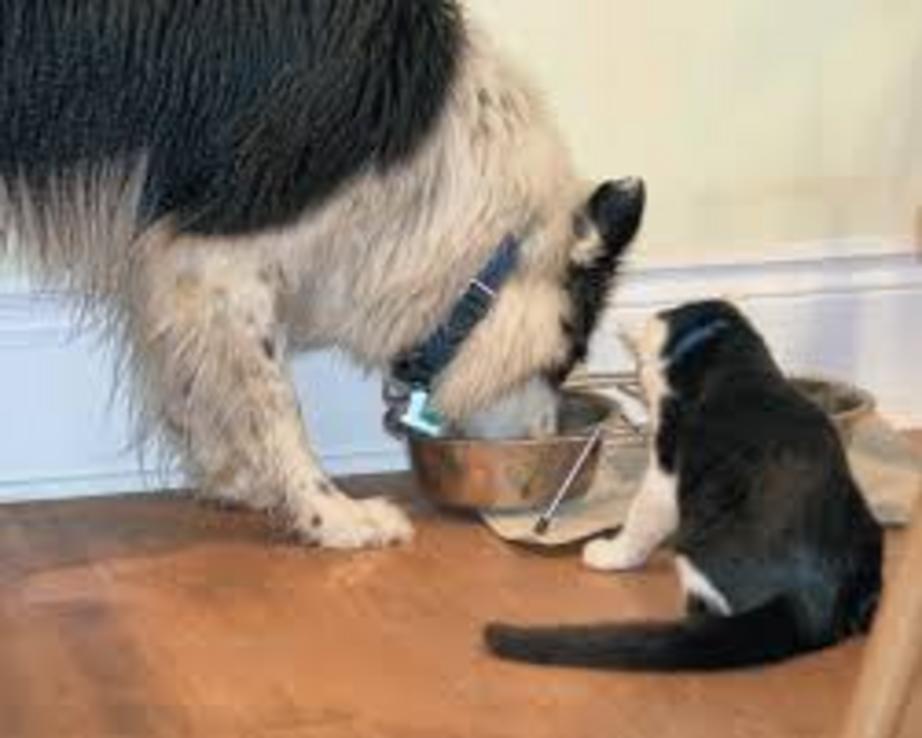Lead, mercury, arsenic, cadmium found in popular pet foods
There are plenty of regulations intended to keep human food safe, but there are new concerns about pet foods.
There have been thousands of pets with illnesses or deaths linked to pet foods in recent years.
And in many cases, the pet owners don’t know what in the foods made their pets sick.
The FDA has received over 9,000 pet food complaints since 2010 ranging from diarrhea to death.
Now, lab tests commissioned by the Clean Label Project are shedding light on what they say are shocking levels of contaminants lurking in pet foods.
Jackie Bowen said, “Seeing lead levels that were 55 times those observed in the Flint, Michigan drinking water” was among the most surprising part of the tests.
Bowen says they worked with Ellipse Analytics to test 900 of the bestselling pet foods and treats for over 130 contaminates and toxins.
Jackie Bowen said, “We’re talking about lead, arsenic, mercury, cadmium.”
Instead of nutrition, she says they focused solely on contaminates which the lab says it found in products from nearly every brand tested.
Though levels varied dramatically from product to product within each brand.

flicker.com
Veterinarian Dr. Jill Chase notes animals can be more tolerant than humans to many contaminants.
Chase said, “Foods are branded, organic, they’re this, they’re that, but the reality is that most of the foods just have to comply with basic FDA standards and they haven’t been researched.”
“You should always be concerned when you hear your beloved pet food is high in these values because lead, for example, is sort of a silent killer. You don’t know about it until you start seeing symptoms.”
Guidance following the Flint, Michigan water crisis says pets should not drink water if “the lead level exceeds 150ppb.”
But Ellipse Analytics says Wellness Grain-Free Cat Food tested positive for 15 times that level of lead, at 5,000 ppb. However, other products from the same company had no lead at all.
Bowen said, “Contaminants vary because there are different ingredients.”
Bowen also notes that the FDA — which regulates pet food safety — doesn’t monitor claims like “Biologically Appropriate” or “Human Grade.”
“If they’re making a human grade claim, it should meet human grade standards,” Bowen said.
Orijen Brand states that it’s biologically appropriate on the label and says it has human grade ingredients, but the lab says it found lead in its dog food, at three times the FDA guidance for lead in certain human foods.
The FDA aadvisory levels for dried fruit and candy limit lead to 100ppb for human consumption.
Tests found that the Rachel Ray Brand, with human grade ingredient claims, had a product with 15 times the EPA’s mercury limits for human drinking water, at 30 ppb of mercury. The EPA Safe Drinking Water Act sets limits for humans at 2ppb.
However, it is important to note that these substances can be naturally occurring, may also be found in human foods and each human grade brand also had products with much better results.
But exactly how much is too much lead, arsenic, mercury or cadmium for pets?
Well The FDA has no set limits.
So, Bowen says the Clean Label Project used the EPA’s Safe Drinking Water Act as a benchmark.
“In the absence of any federal regulation, for pet food, we had to rely on something that could really help consumers understand the levels that we were seeing,” she said.
In response, the FDA said, “Relying on the acceptable levels of a substance in drinking water for humans is not a sound approach to determining acceptable levels of that substance in food for dogs and cats. There are multiple reasons this approach is problematic.”
“If we can’t compare human food to pet food then there needs to be some regulations. Give us some,” Bowen said.
The FDA reports 15 pet food recalls so far this year, although none were related to the contaminants referenced above. While there are no set limits on contaminants like lead, mercury, cadmium and arsenic, the agency says “any level of those substances… must be safe for the animal.”
While some companies tell KPIX they don’t test for these contaminants because there are no set limits, the manufacturers of Orijen and Rachel Ray pet foods, say they do test their products and stand behind them. Though they did not provided test results that dispute the lab’s findings.
Wellness brand pet food did not response to a request for comment.
The pet food industry notes that the raw data and statistical methods used were not publicly released. The Pet Food Institute states, “It is impossible to assess the credibility or significance of recent claims made.”
However, the industry admits it did not request that information from the lab.
Ellipse Analytics did share its data with us and we shared a sub-set with the pet food companies we contacted. KPIX has not yet commissioned our own independent testing to confirm their results.
The Clean Label Project is now calling for more disclosure and limits on these contaminants, something many pet parents would like to see.
“I think they should make, whoever made them, eat them themselves,” one pet owner said.
The Clean Label Project is launching a fee-based certification program, where it will randomly test foods from participating brands and those that pass will receive a seal – similar to Good Housekeeping.
Interestingly in the products tested, Clean Label says they found fewest contaminants in products with chicken and turkey as the primary protein.
Dr. Chase says in general, she recommends clients pick foods with just one protein because it is easier to identify allergies and fewer ingredients leave less room for contamination.
For the rest of this article please go to source link below.

